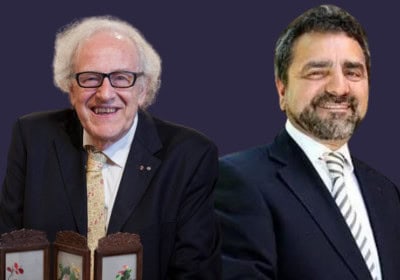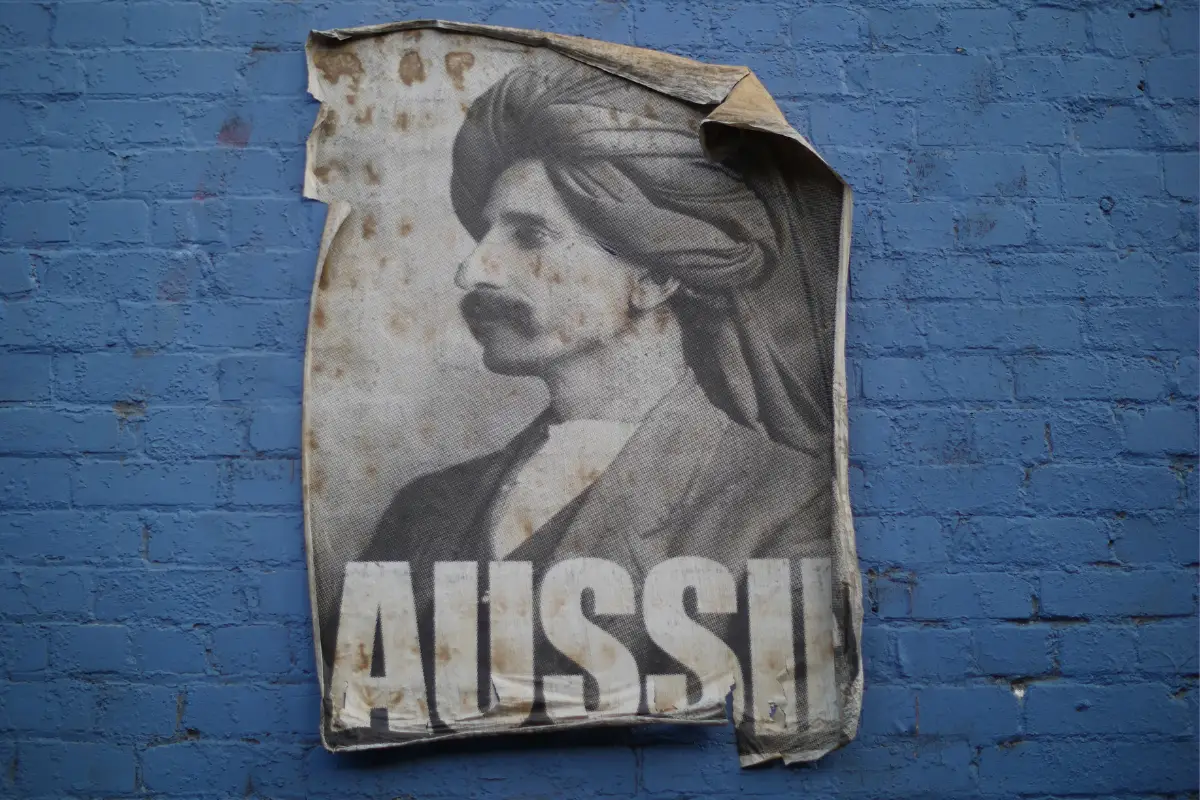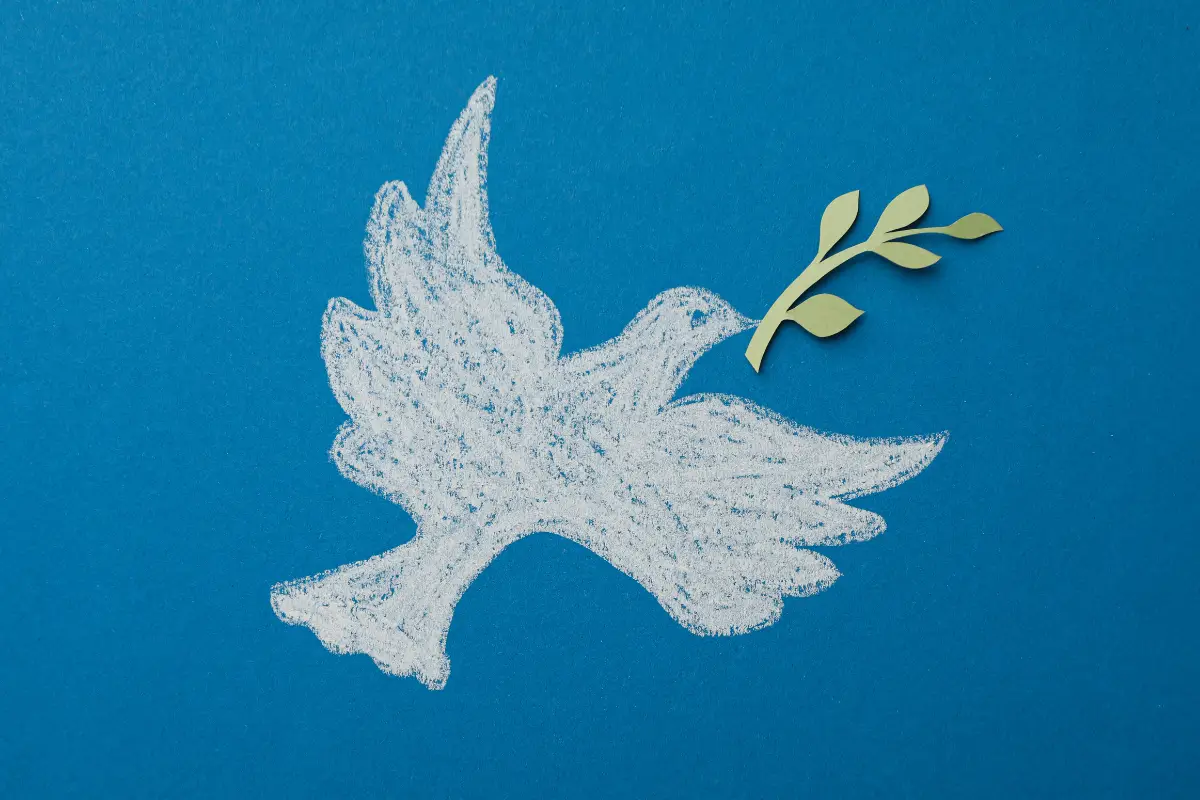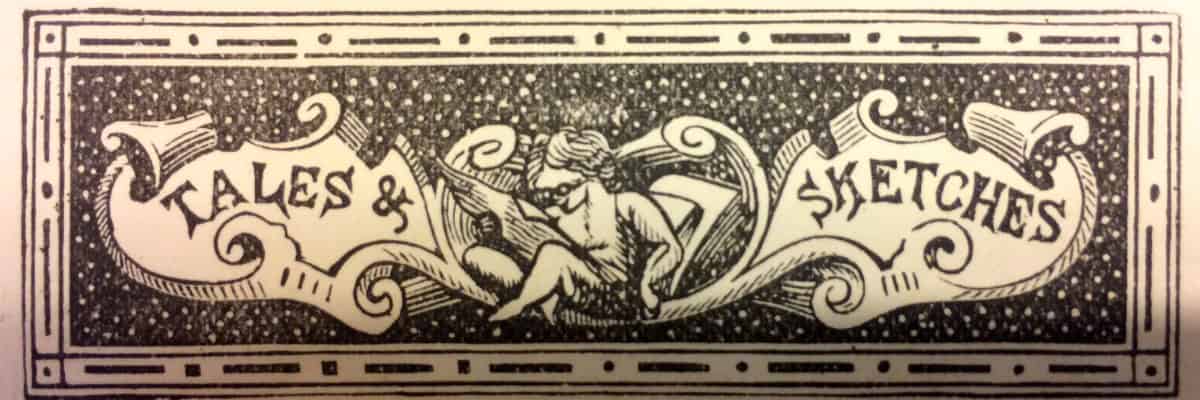
Literary historians have long known that nineteenth-century Australian newspapers published fiction. But the size of the newspaper archive and the difficulty of exploring it meant we had only partial knowledge of the stories and the importance of newspapers to the history of reading and writing fiction. The National Library of Australia’s (NLA) digitisation of historical newspapers made it possible to search for fiction in a systematic, large-scale way, enabling the creation of To be continued: The Australian Newspaper Fiction Database.
A treasure trove of fiction
In 2013, when Carol Hetherington and I began searching for fiction in digitised newspapers, I thought we would find enough to occupy us for a few years.
But, in 2018, when To be continued went public, it contained 21,000 novels, novellas, and short stories.
Today it has over 36,000 publications, popular and literary, by well-known and unknown authors, from Australia and around the world. Ten years later, I feel like we’ve barely scratched the surface of this important dimension of Australia’s literary and cultural heritage.
For a start, there’s much more Australian fiction than we’d anticipated — To be continued has doubled the number of known works of nineteenth-century Australian novels. So great is the scale of the database that we’ve not yet undertaken a similar comparison for Australian short stories and novellas — (though this would be a great research project for anyone interested).
There is also a substantial difference between simply indexing fiction and exploring it. Finding ways to involve others in exploring and expanding To be continued is a big focus of my current research. Before saying more about how people can engage with the database, let me mention two recent discoveries it made possible. These, I hope, will inspire others to join in.
The first concerns a single story. But, finding it and finding it interesting, involved drawing on the database as a whole.
Tales of Irish bushrangers

That discovery process began when I heard Ronan McDonald and Maggie Nolan discussing their work on Irishness in Australian literature. The common linkage of Irishness with Bushrangers in Australian culture — as revealed in the 2011 National Museum of Australia exhibition “Not Just Ned: A True History of the Irish in Australia” – led me to a keyword search of To be continued for these terms. “Bushranger” appears more than 2,000 times in over 450 stories, and “Irish,” over 10,500 times in over 3,200 publications.
Together with Ronan and Maggie, and graduate and undergraduate students (Galen Cuthbertson, Finn Morgan, and Sean O’Connell), we explored these stories and found several Irish bushrangers. But, Irish bushrangers were in the minority. And, in most cases when “Irish” and “bushranger” were mentioned in the same story, the “Irish” figures were presented as contrasting characters to the bushranger: such as the Irish kitchen maid who sets him on the wrong path, or the Irish policeman who tries to apprehend him.
There were also many unexpected types of bushrangers, including the helpful bushranger (who stops to assist people when he’s not robbing them) and the temporary bushranger (who moves in and out of bushranging as one type of work among many).
Of all the stories I read (which are only a handful of these hundreds), the one that most challenged my understanding of fictional bushrangers was “Ubique: The Scientific Bushranger.”
Ubique, a devastatingly handsome bushranger, evades the detective who narrates the story, using supreme Sherlock-Holmes-like knowledge of science and the human psyche, as well as powerful skills in observation and logical reasoning. Outwitting the law, the Scientific Bushranger takes readers on travels through colonial cities and bush settlements across multiple colonies.
This story raises questions about how we know the literary archive, and in particular, how we potentially deform it by adopting what might be called ‘a genealogical approach’. That is, if we focus too intensely on tracing back through literary history for the forms and figures familiar to us today, we risk missing the many other figures that comprise the archaeology of their existence. We initially sought the Irish bushranger but discovered these multiple — helpful, temporary, and scientific — bushrangers lived a rich literary life alongside him.
The disappearance of newspaper fiction
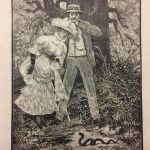
A second process of discovery is one I’m currently working on, this time with Carol and Roger Osborne. It concerns the assumption that in Australia — as in Britain and America — newspaper fiction disappeared with the emergence of cheap paperbacks at the end of the nineteenth century.
In fact, not only did Australian newspaper fiction not die out, but in the twentieth century it grew more prevalent, and remained extensive until at least the 1940s. Although much of the popular fiction listed was reprinted from overseas newspapers, a lot of Australian fiction was published as well. For instance, in the 1920s and 1930s the authors with the most items identified to date in To be continued are two Australian women writers: Ethel Martyr with 65 publications, and Hilda Bridges with 177.
Their appearance in the database has nothing to do with me or Carol or Roger or anyone else on the project team — they were new authors to us. Martyr and Bridges were added by someone — or some ones — with a particular interest in these authors from the To be continued crowdsourcing community.
Community involvement and the future of To be continued
As well as public reading, the database is open to community editing and curating — anyone can get involved in improving and adding to its records: for instance, by correcting errors in the digital text of the stories or by finding new publications or authors and adding them to the database.
In 2023, To be continued will make another form of crowdsourcing available, when it launches a collaborative digital editing platform. People will be able to create, publish, and deposit their own ‘critical editions’ into the NLA’s collections. They can interpret the documentary record to offer their own insights about their chosen work from the newspaper fiction.
Perhaps someone will create their own version of Henry Lawson’s prose fiction to sit alongside the 1964 Angus and Robertson one (someone else in the crowdsourcing community has already indexed 52 publications by Lawson to choose from). Or maybe someone will collect different stories together – or different parts of different stories – to create an edition of stories of dogs (or drunks) in colonial fiction. Or perhaps someone — or many ones — will be inspired to reframe, remix, or rewrite this or other stories as a way of challenging the topics and people excluded from the archive of colonial newspaper fiction.
Literary history has always been a participatory practice, and we hope that To be continued extends the participants from academics, librarians, and publishers to the broader community so more people can explore and contribute to making Australian literary history, what it is — and can be — today.

